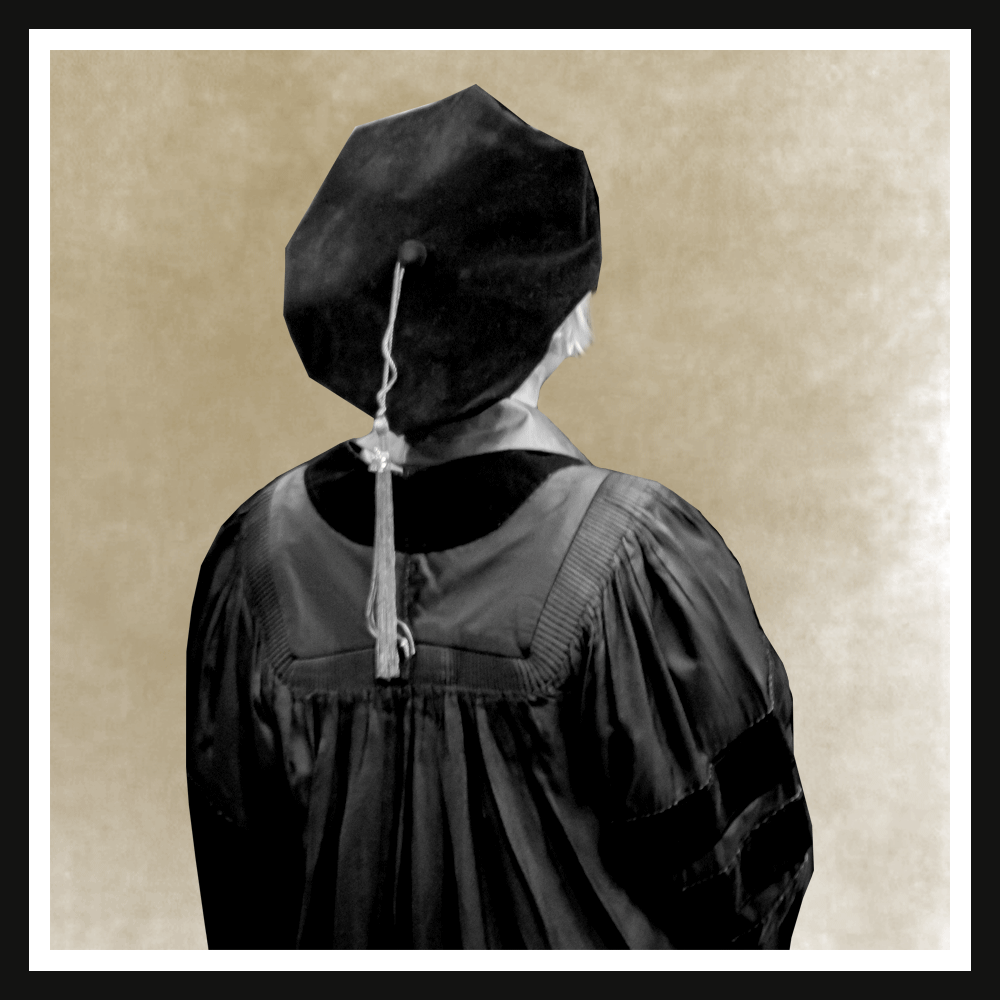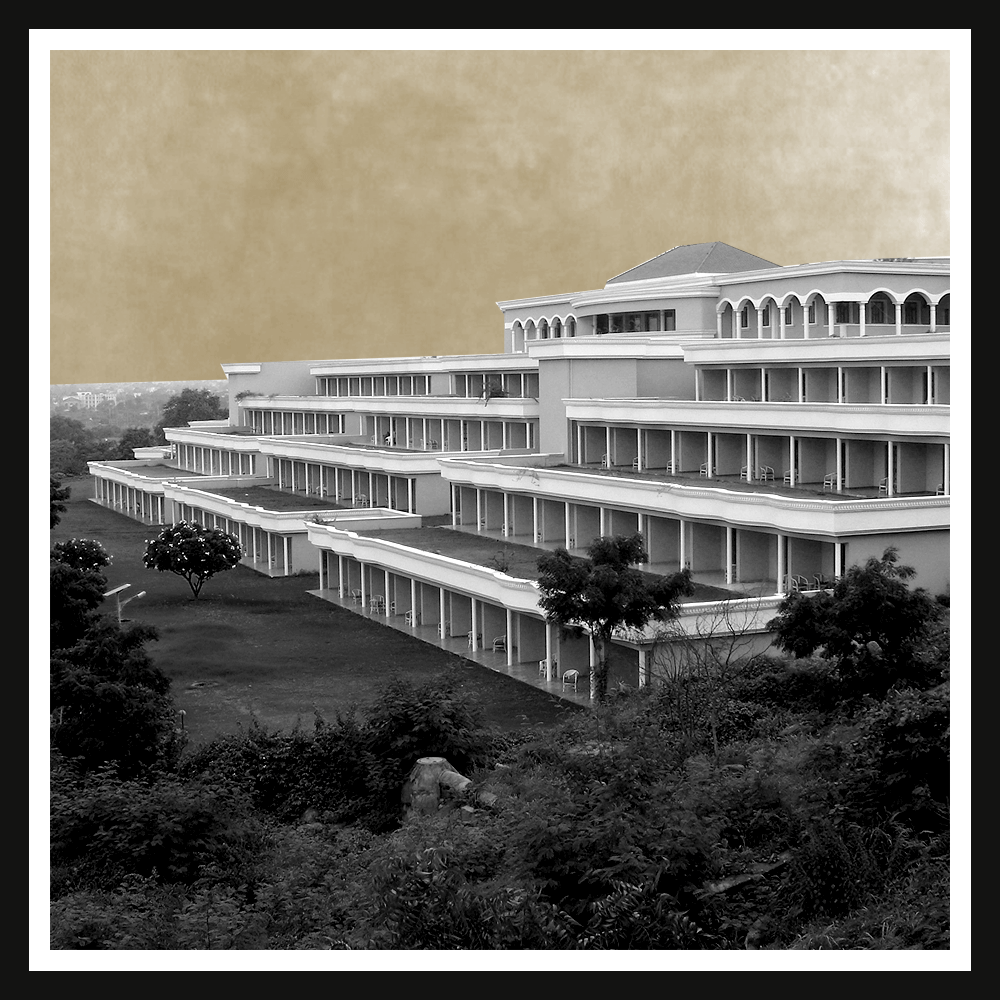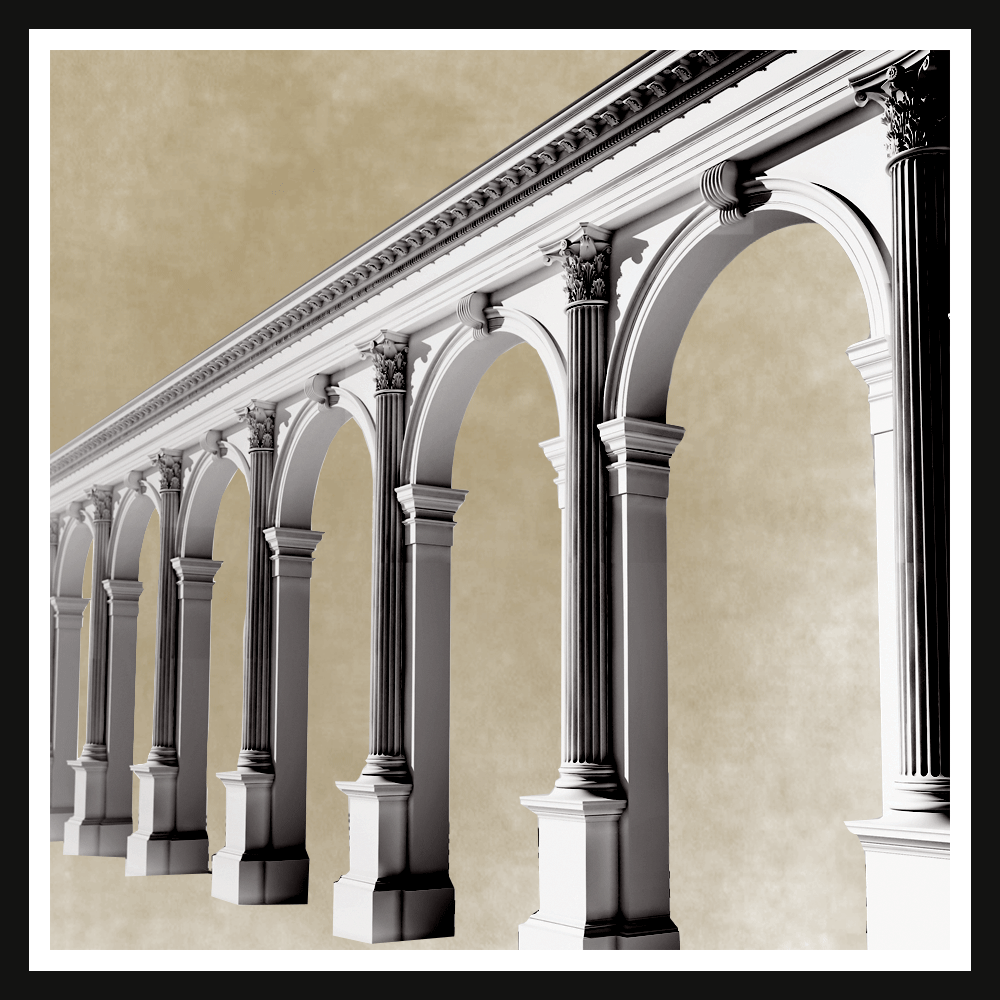Judges are expected to be knowledgeable about the law, familiarize themselves with court procedure, and comport themselves in a professional and respectful manner. Canons of judicial conduct codify these expectations, and judicial institutes prepare judges to meet them. While most countries have a judicial institute (academy, college, or center), their scope and institutional structures may vary depending upon legal traditions, judicial appointment process, and resource availability.

Legal Education
A law degree is almost always a pre-requisite to becoming a judge in the formal justice sector. In much of Asia, Europe, the Middle East, and South America, the study of law takes place at the university level, typically followed by a professional apprenticeship. Many countries require a fifth year of university to obtain a law degree along with offering graduate degrees in law. For example, to become a lawyer in Australia, students can study law at university or in graduate school, followed by three months of mandatory “Practical Legal Training,” then an apprenticeship. In the United States, ‘law school’ is a three-year graduate program, after four years of college/university. A version of the U.S. model has been introduced in China, Japan, and South Korea. There is no required apprenticeship in the United States, although seven states permit work experience as a substitute for formal legal studies. Most law schools offer ‘clinical legal education’ to complement academic coursework. Clinics provide an opportunity for hands-on experience under the supervision of experienced attorneys.

Judicial Education
Judicial education prepares judges for their role in the courtroom and the community. A majority of countries mandate this training for new judges. Continuing education is often but not always at the discretion of the judge.
Initial Training
In most civil law countries, judges begin their careers soon after university. Judicial schools offer a broad induction curriculum incorporating training on law and practice. Programs for new judges can be two or more years and include an apprenticeship in the courts. Before becoming a judge, graduates must pass an examination consisting of written and/or oral components. Attorneys who join the judiciary later in their careers receive an abridged training.
By contrast, judges in common law systems begin their career after many years as practicing attorneys. When appointed to the judiciary, they are well versed in the law and have experience with legal research and the nuances of court practice. Orientation programs tend to be short (four days to two weeks) and focus primarily on judicial skills and professional decorum.
Continuing (In-Service) Education
Judicial schools offer a broad range continuing education opportunities. The curriculum of India’s National Judicial Academy is representative. It has specialized programs that vary year to year and can include appellate court practice, commercial disputes, cybercrime, human trafficking, and intellectual property. Workshops may also address a mix of topics, such as criminal justice issues, land reform, environmental law, the impact of the pandemic on litigation, and tax law.
Technology
Many judicial institutes have supplemented in-person programs with distance education for years, offering video programs, online programs, and webinars. The Covid-19 pandemic greatly expanded the use – and effectiveness – of remote technologies.
Pedagogy
To lecture or not to lecture? Traditionally, instruction in law and judicial practice was delivered through lectures followed by an opportunity to ask questions. This paradigm has shifted considerably in recent years and judicial schools have adopted adult education methods to engage judges in learning through active discussions, practical exercises, and interactive technologies.

Canada’s National Judicial Institute has been a leader in modern pedagogy, training experienced judges in interactive instructional methods and introducing social context education. The Institute’s Social Context Education Project incorporates robust adult learning techniques and introduces judges to a broad range of perspectives. One of the innovators of this approach explained: “[s]ocial context education is generally about what judges do not know or have not experienced. While judicial education must always be led by the judiciary ... experts on issues of diversity, disadvantage and difference must be relied upon to help identify social context issues and be involved at all stages of development, design and delivery of judicial programs and curricula.”

Institutional Models
A judicial school may be an organ of the supreme court, as is the case with China’s National Judicial College, the Philippine Judicial Academy, Korea’s Judicial Research and Training Institute, and the Judicial College of Ohio in the United States. Estonia’s Training Council of the Supreme Court has 9 members, including judges and representatives from the Ministry of Justice, State Prosecutors Office, and the University of Tartu.
Judicial training may fall under the jurisdiction of the Ministry of Justice, as is the case in Egypt, Senegal, and Turkey. In Denmark judicial training is implemented by an office within the court administrative agency; Hungary’s Academy of Justice operates under the National Office for the Judiciary.
In many countries, judicial training is overseen by the judicial council, as is the case with Paraguay’s Escuela Judicial del Consejo de la Magistratura and Iraq’s Judicial Institute. Kenya’s Judicial Training Institute implements training pursuant to a mandate from the Judicial Service Commission.
The Scuola Superiore della Magistratura in Italy is an independent entity but follows guidelines established by the High Council for the Judiciary and the Minister of Justice. The Federal Judicial Center is an independent U.S. judicial branch agency.

Jurisdiction
Most common law countries educate judges and prosecutors separately. However, in many civil law countries, including Egypt, the Netherlands, Turkey, France, and Italy, prospective judges and prosecutors are trained together. This tradition reflects Ministry of Justice authority over both the judiciary and prosecutorial service as well as the fluidity between the two professions -- one may begin a career as a prosecutor and then be assigned to the judiciary or vice versa.
Many judicial institutes are also responsible for training court personnel. Croatia’s Judicial Academy develops programs for judges and prosecutors, as well as their deputies and legal advisors. In Morocco, the Institute Supérieur de law Magistrature is responsible for educating judges, legal assistants, court administrative personnel, and some executive branch employees. Colombia’s Rodrigo Lara Bonilla Judicial School educates judicial aspirants, judges, and court administrators. Japan’s Legal Training and Research Institute develops programs for judges and assistant judges.
Judicial institutes may have a central headquarters as well as regional hubs. This is true in China, Croatia, and Russia. Pakistan’s Federal Judicial Academy is in Islamabad, but each province has its own, independent academy. The United Arab Emirates has two judicial training bodies: the Institute of Training and Judicial Studies and the Dubai Judicial Institute. The Netherlands Training and Studies Centre for the Judiciary has a main office in Utrecht but delivers much of its training in courts of three different cities. Some training academies have a campus where all courses are held; others convene programs at venues throughout the country, including conference centers, hotels, and universities.
The jurisdiction of most judicial institutes is limited to training, but some also have a research mandate. The Singapore Judicial College has an empirical research office designed to explore trends and innovations in judicial practice. Other judicial education centers with a research division include the U.S. Federal Judicial Center and the Philippine Judicial Academy.
All judicial schools use experienced judges in their education programs. Many also have permanent faculty, including China, Morocco, and Spain. Others rely exclusively on outside experts, including Germany and Estonia.

The International Organization for Judicial Training support judicial training institutes and initiatives throughout the world. It convenes biannual conferences that introduce participants to innovations in pedagogy, institutional development models, and training strategies for new fields of law and practice. There are also regional training organizations include the European Judicial Training Network and the Euro-Arab Judicial Training Network.
